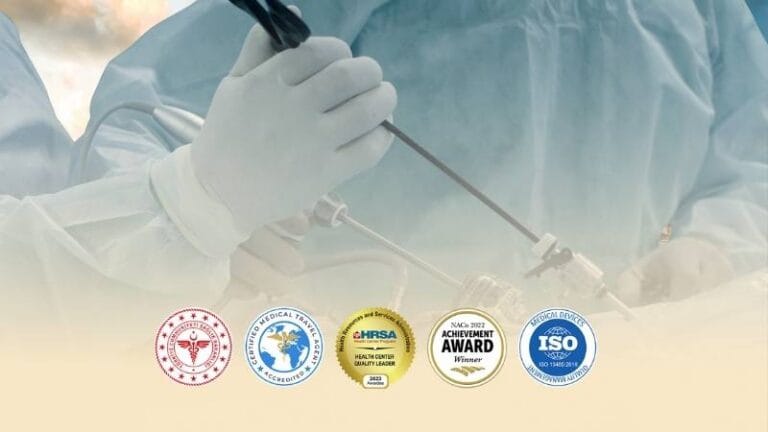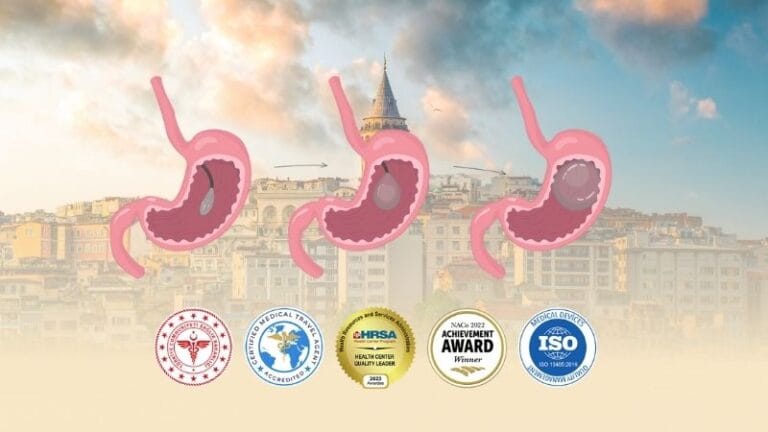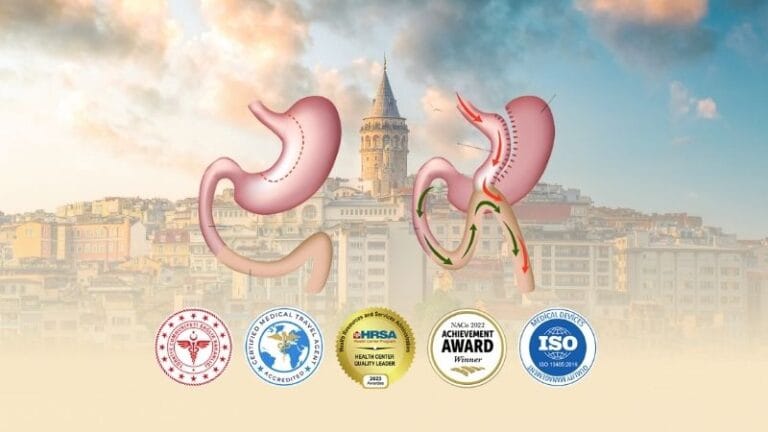Determining exactly how many months to wait for a Tummy Tuck after bariatric surgery is the most critical factor in ensuring a safe and permanent result. While we understand the emotional difficulty of living with excess skin after massive weight loss, prioritizing Medical Readiness over mental impatience is non-negotiable. At Clinic Care Center, we guide patients to understand that operating too early can compromise safety and aesthetic outcomes.
Why Surgeons Require a 12-18 Month Wait Period
Following bariatric procedures like Gastric Sleeve or Bypass, the body enters a prolonged catabolic state. This means your metabolism is actively breaking down tissue—both fat and muscle—to generate energy. Plastic surgery, however, requires your body to be in an anabolic state (tissue building) to heal large incisions and prevent complications.
Operating while the body is still in a catabolic phase significantly increases the risk of poor wound healing. Therefore, we adhere to the Weight Stabilization Rule. We define a “Stable Weight” as maintaining your current weight (fluctuating no more than plus/minus 2-3 kg) for at least 3 to 6 consecutive months. If a surgeon operates while you are still losing weight, the skin will inevitably relax and sag again, leading to “recurrent sagging” and the need for expensive revision surgery.
Clinic Care Center: The “Nutritional Safety” Check
The biggest mistake post-bariatric patients make is rushing into plastic surgery before their malnutrition is corrected. After Gastric Sleeve or Bypass, iron and protein levels often drop. We cannot operate if your Albumin (protein) or Hemoglobin levels are low, as this drastically increases the risk of wound infection and dehiscence (wound opening). At Clinic Care Center, we require a blood panel showing nutritional stability, not just weight stability. Your safety comes before aesthetics.
The Ideal Timeline: Bariatric Surgery to Body Contouring
| Time Post-Bariatric Surgery | Body Status | Recommended Action |
|---|---|---|
| Month 0 – 6 | Rapid Weight Loss Phase. High metabolic change. | NO SURGERY. Focus on diet & vitamins. |
| Month 6 – 12 | Weight loss slows. Skin begins to sag significantly. | Consultation Only. Do not book surgery yet. |
| Month 12 – 18 | Weight Stabilization (Plateau). Nutritional levels normalize. | Ideal Surgery Window (if weight is stable for 3 months). |
| Month 18+ | Fully Stabilized. Skin elasticity is static. | Safe for 360 Body Lift or Fleur-de-Lis. |
Why You Might Need a “Fleur-de-Lis” (Vertical) Abdominoplasty
Standard tummy tucks use a horizontal incision hip-to-hip to pull skin down. However, post-bariatric patients often suffer from significant skin laxity in both horizontal and vertical directions. A standard technique often fails to address the loose skin gathering at the center of the abdomen (the midline).
For these cases, we often recommend the Fleur-de-Lis (FDL) technique. This involves an incision that resembles an “Inverted T,” adding a vertical cut up the center of the stomach. This allows us to pull skin inwards from the sides, drastically tightening the waistline. We believe in full transparency: The trade-off is a vertical scar down the center of the abdomen, but the contouring result is far superior for massive weight loss patients.
Frequently Asked Questions (FAQ)
Can I have a Tummy Tuck if I still want to lose 5kg?
No. Even a loss of 5kg after surgery can result in new skin laxity, compromising the tightness of your result. You must be at your final baseline weight before undergoing body contouring.
What happens if I get pregnant after surgery?
Pregnancy will stretch the abdominal muscles (rectus diastasis) and skin that were tightened during surgery. While it is medically safe, it will likely ruin the aesthetic result, necessitating a revision tummy tuck later.
Is a 360 Body Lift better than a Tummy Tuck?
For massive weight loss patients, yes. A standard Tummy Tuck only addresses the front. A 360 Body Lift (Belt Lipectomy) removes excess skin from the abdomen, hips, and lower back in a circumferential manner, lifting the buttocks as well.
Why do post-bariatric patients have higher wound risks?
Bariatric patients often have malabsorption issues, leading to lower levels of Albumin (protein) and vitamins essential for collagen production. Without these, surgical wounds are slower to close and prone to opening (dehiscence). This is why our pre-op blood panel is mandatory.
Can I combine Tummy Tuck with Arm Lift (Brachioplasty)?
Yes, this is a common combination known as an “Upper Body Lift.” However, we strictly limit total operative time to ensure safety. If the combined procedures exceed safe anesthesia limits, we will stage the surgeries 3 months apart.
How long is the recovery for post-bariatric plastic surgery?
Recovery is more extensive than standard cosmetic surgery due to the amount of tissue removed. Patients generally need 4 to 6 weeks off work. Drains may remain in place for 10 to 14 days to prevent seroma fluid accumulation.
Plan Your Transformation Safely
The final step of your weight loss journey deserves the same medical care as the first. Contact Clinic Care Center for a comprehensive blood work analysis and physical assessment to determine if you are medically ready for your body contouring surgery.
Also Read:
Gastric Sleeve in Turkey
Gastric Bypass in Istanbul Turkey
Gastric Balloon in Istanbul, Turkey



